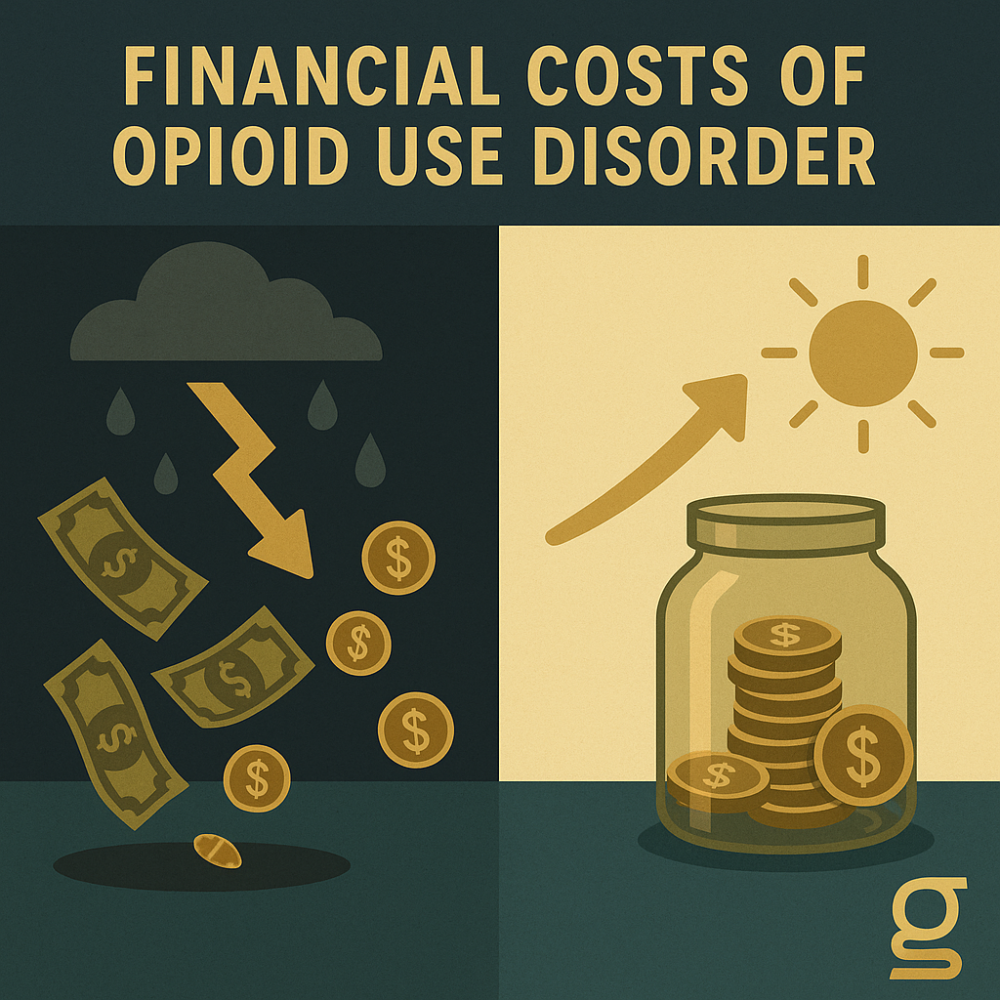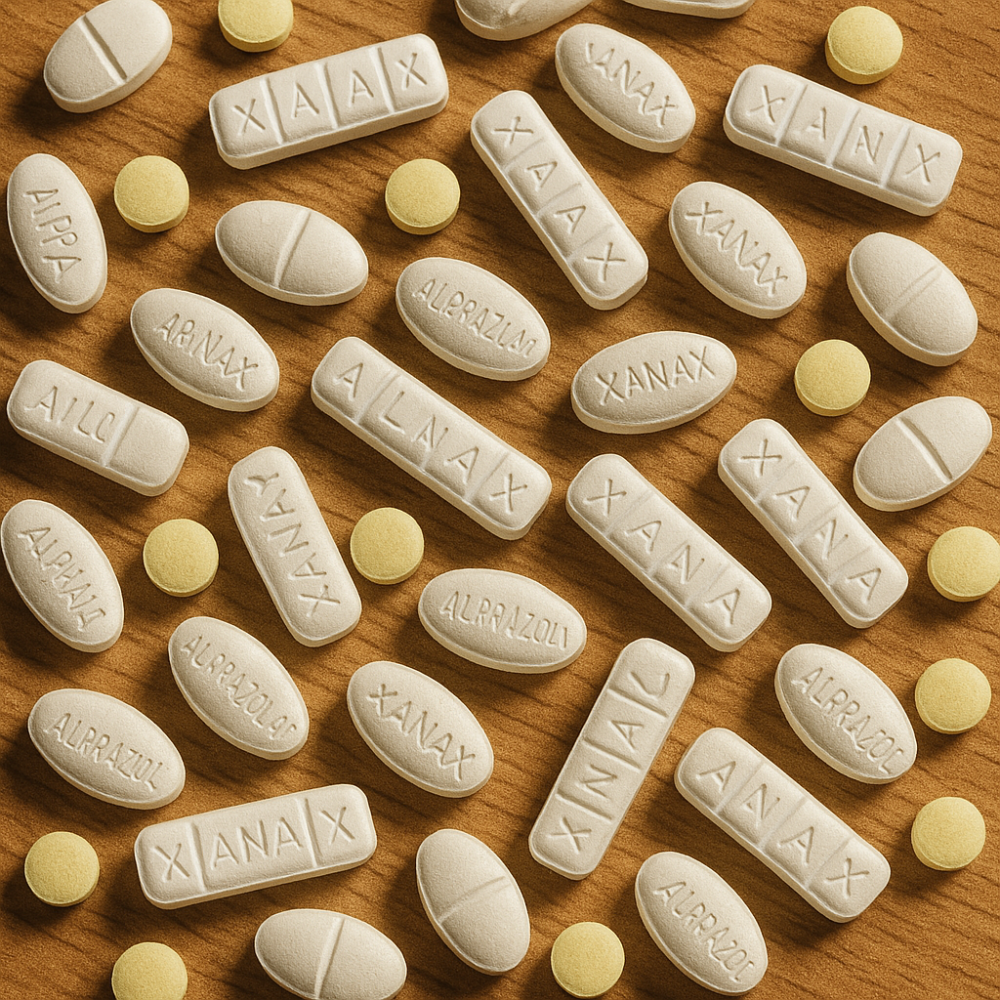Precipitated withdrawal happens when someone with opioid dependence takes detox medications, like naloxone or buprenorphine, and experiences withdrawal symptoms. Detox medications quickly remove opioids from the brain’s opioid receptors and, when administered incorrectly, can sometimes cause withdrawal symptoms to begin abruptly and even severely.
The severity of precipitated withdrawal is typically more severe than withdrawal that occurs naturally, which could be one reason why many people struggling with addiction are afraid of going through medical detox. This is why, at Gallus Detox, we are passionate about providing cutting-edge opiate detox treatment protocols that negate precipitated withdrawal and increase patient comfort throughout the detox process.
This article will discuss the symptoms of precipitated withdrawal, the use of opioid antagonists, and treatment options available for opioid addiction.
What Is Precipitated Withdrawal?
Precipitated withdrawal is a rapid onset of withdrawal symptoms that occur when a person who is physically dependent on opioids is given an opioid antagonist. The opioid antagonist displaces the opioids from the receptors in the brain, leading to the onset of withdrawal symptoms.
Precipitated withdrawal can be particularly distressing for patients, as the symptoms are typically more severe and acute than those experienced during natural withdrawal. Symptoms of precipitated withdrawal can include anxiety, agitation, sweating, nausea, vomiting, diarrhea, muscle aches, and even more severe symptoms like rapid heart rate, fever, and even seizures.

Understanding Opioid Antagonists
Opioid antagonists are medications that block the effects of opioids by binding to the opioid receptors in the brain. Naloxone and naltrexone are examples of opioid antagonists that are commonly used to treat opioid overdose.
Buprenorphine is a partial opioid agonist that is commonly used to treat opioid dependence, but it can also cause precipitated opioid withdrawal if administered prematurely. To avoid precipitated withdrawal, one needs to be in mild to moderate opioid withdrawal at the time of buprenorphine-naloxone induction. This is crucial to ensure the safety and comfort of patients undergoing opioid detoxification and treatment.
Short-Acting Opioids vs Long-Acting Opioids
Short-acting opioids, such as heroin and oxycodone, have a shorter duration of action and are more likely to cause withdrawal symptoms when discontinued. These opioids rapidly enter the bloodstream and produce a quick but short-lived effect, making them more likely to result in addiction and withdrawal symptoms.
Long-acting opioids, such as methadone and buprenorphine, have a longer duration of action and are less likely to cause withdrawal symptoms when discontinued. These medications provide a more stable and controlled release of the drug, which can help minimize cravings and withdrawal symptoms during detoxification and treatment.
Keep in mind that this is the ideal scenario where buprenorphine is used properly. In the case of precipitated withdrawal, the medication was administered too quickly and subsequently triggers abrupt withdrawal symptoms. This is why it is crucial for individuals struggling with addiction to find a reputable opioid detox facility.
The Importance of Choosing a Credible Facility for Medical Detox and Opioid Withdrawal Management
Selecting a reputable and trustworthy medical detox facility is crucial for individuals seeking to safely withdraw from opioids while avoiding precipitated withdrawal. In these facilities, experienced healthcare professionals carefully monitor and support the patient’s physical and mental well-being. This ensures the timely administration of medications to manage withdrawal symptoms and minimize discomfort.
A credible detox center understands the risks associated with precipitated withdrawal and will take the necessary precautions to ensure medications, such as buprenorphine, are administered at the appropriate time after the patient’s last opioid use. This helps to prevent the rapid onset of withdrawal symptoms and ensures a more comfortable detoxification process.
Gallus Detox is a Center of Excellence, dedicated to providing the highest quality care for individuals struggling with addiction. With over 13 years in the medical detox field, our level of expertise leads to better outcomes and experiences, with 87% of our patients seeking aftercare – compared to just 15% – 20% in the hospital setting. This highlights the effectiveness of our innovative detox protocols in helping patients transition to long-term recovery.
By choosing a reliable medical detox facility like Gallus Detox, patients can confidently transition from opioid dependence to a drug-free state, setting the stage for further addiction treatment and long-term recovery. This critical step establishes a solid foundation for individuals working towards sobriety from opioid addiction.
The Use of Suboxone in Opioid Detoxification
The discussion around precipitated withdrawal is not complete without mentioning Suboxone.
What is suboxone? It is a prescription medication that combines buprenorphine, a partial opioid agonist, and naloxone, an opioid antagonist. It is used in the treatment of opioid dependence and addiction, specifically to manage withdrawal symptoms and reduce cravings for opioids like heroin, oxycodone, and morphine.
Suboxone helps people with opioid addiction transition to a more stable and controlled state, enabling them to engage in further addiction treatment and long-term recovery. However, in the context of opioid detox and precipitated withdrawal management, Suboxone can be a double-edged sword.
On one hand, Suboxone can help alleviate opioid withdrawal symptoms and cravings when used correctly under medical supervision. On the other hand, if buprenorphine (a component of Suboxone) is administered too soon after the last dose of a full opioid agonist, it can lead to precipitated withdrawal.
At Gallus Detox, we consider the use of Suboxone to be a form of cross-addiction, which occurs when one addictive substance replaces another. The use of Suboxone for an extended period of time can lead to a dependency on Suboxone. Consequently, addicted individuals may experience Suboxone withdrawal symptoms when attempting to discontinue the drug’s use.
At Gallus Detox, we offer a unique, advanced approach to managing opioid withdrawal and precipitated withdrawal symptoms with our Accelerated Micro Induction (AMI) protocol, which was specifically designed for those dealing with opioid addiction, including fentanyl.
Our AMI protocol, which utilizes a unique IV and oral medication protocol, helps patients detox faster, safer, and more comfortably by reducing withdrawal symptoms by 42% and shortening the average length of stay from 8 days to 7 days. This enables patients to begin focusing on their long-term recovery plan sooner.
The highly experienced staff at Gallus Detox, which has over 75 years of combined experience in medical detox, is trained to recognize the signs and symptoms of precipitated withdrawal and implement appropriate interventions to ensure patient comfort and safety.
Avoiding Precipitated Withdrawal Through Timely and Appropriate Medical Detox Protocols
Precipitated withdrawal is a severe and distressing condition that occurs when opioid-dependent individuals are given opioid antagonists too soon after the cessation of opioid use. This rapid onset of withdrawal symptoms can be avoided by choosing a reputable and credible medical detox facility like Gallus Detox, which is a Center of Excellence dedicated to innovative and advanced detox protocols.
Our Accelerated Micro Induction (AMI) protocol helps patients manage opioid withdrawal symptoms and avoid precipitated withdrawal symptoms safely and effectively. By prioritizing patient comfort, safety, and evidence-based practices, Gallus Detox helps individuals overcome opioid addiction and lay the foundation for long-term recovery.
To see if you qualify for medical detox, take our self-assessment, or reach out to our admissions team to learn more about how we can help you on the road to recovery.
Featured Imagery Courtesy PixaBay : https://www.pexels.com/photo/alone-man-person-sadness-236151/


 Steve B
Steve B 

 Casey Wilson
Casey Wilson